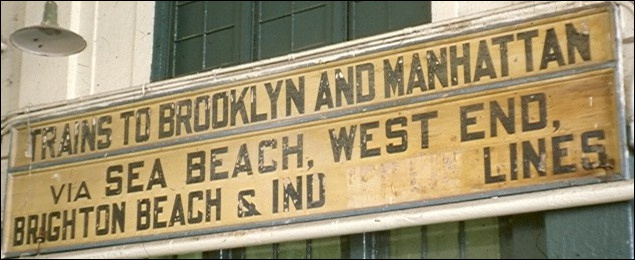
Brighton Beach, Brooklyn, was once a series of little farms on sandy hills located in Kings County. For many years it was called the "Middle Division.” Through the mid-1700s, the Middle Division was divided into 39 lots, whose owners were descendants of the original European colonizers.
Because of the prime costal location, it eventually became a resort destination. The centerpiece of this resort was the luxurious Hotel Brighton (or Brighton Beach Hotel). The hotel drew many patrons from the various boroughs of Manhattan. In 1888, because of the threat of storm damage, they had to pick up and move the hotel 520 feet. It was the largest building move in the 19th century.
In 1905, Brighton Beach Park opened an amusement park called Brighton Pike. Brighton Pike contained many games, live entertainment, a large steel roller coaster, and the infamous boardwalk. Sadly, it was destroyed by a fire in 1919.
Eventually, Brighton Beach was re-developed as a residential community. The above ground BMT Brighton Line of the New York Subway System helped Brighton Beach become more of a residential destination.
In the years prior to and following The Great Depression, the neighborhoods were made up of first and second generation Jewish-Americans. Following World War II, it was a destination of many concentration camp survivors. It also holds a sizable number of Jewish immigrants who fled the former Soviet Union.
In 2011, it was estimated that Brighton Beach held the greatest number of Holocaust survivors in New York City.
